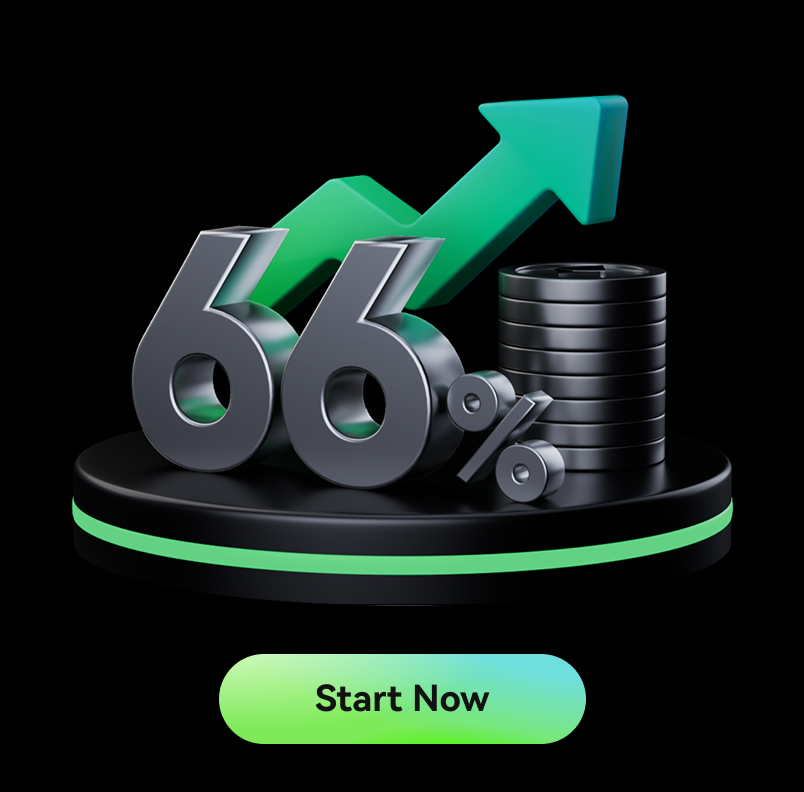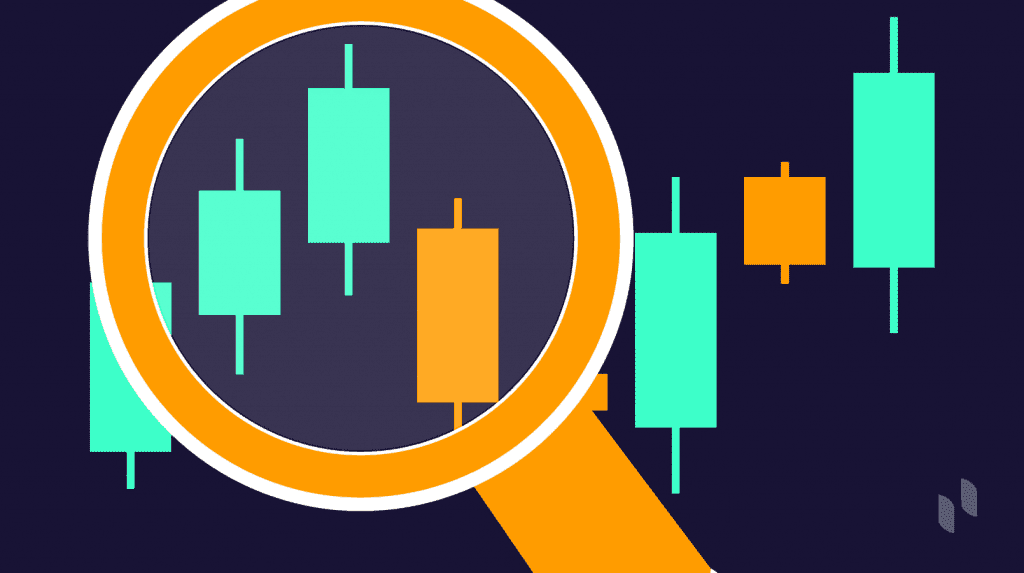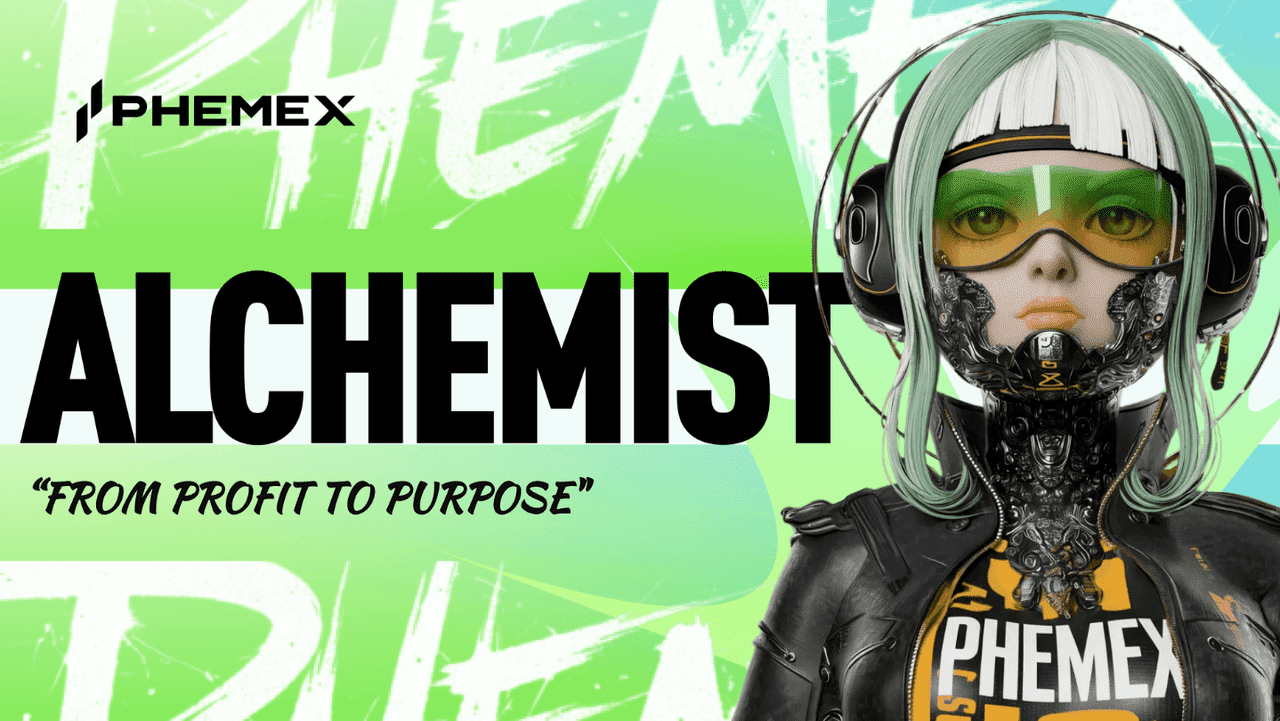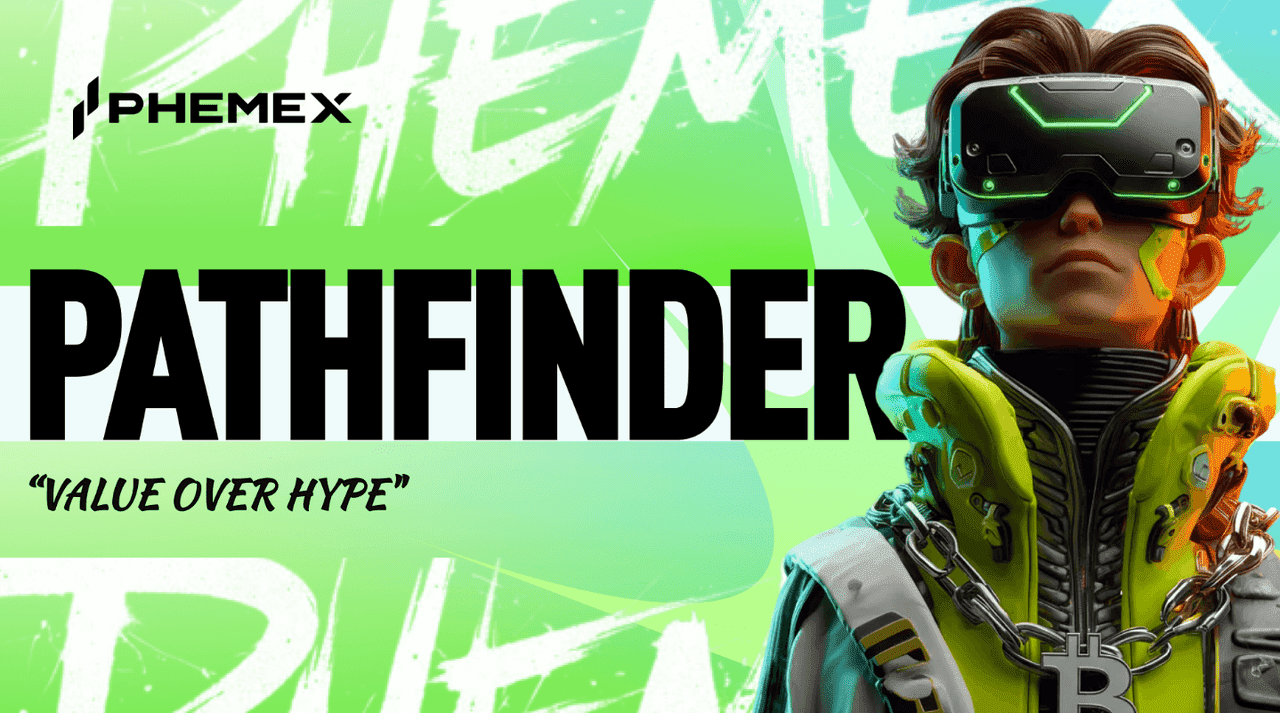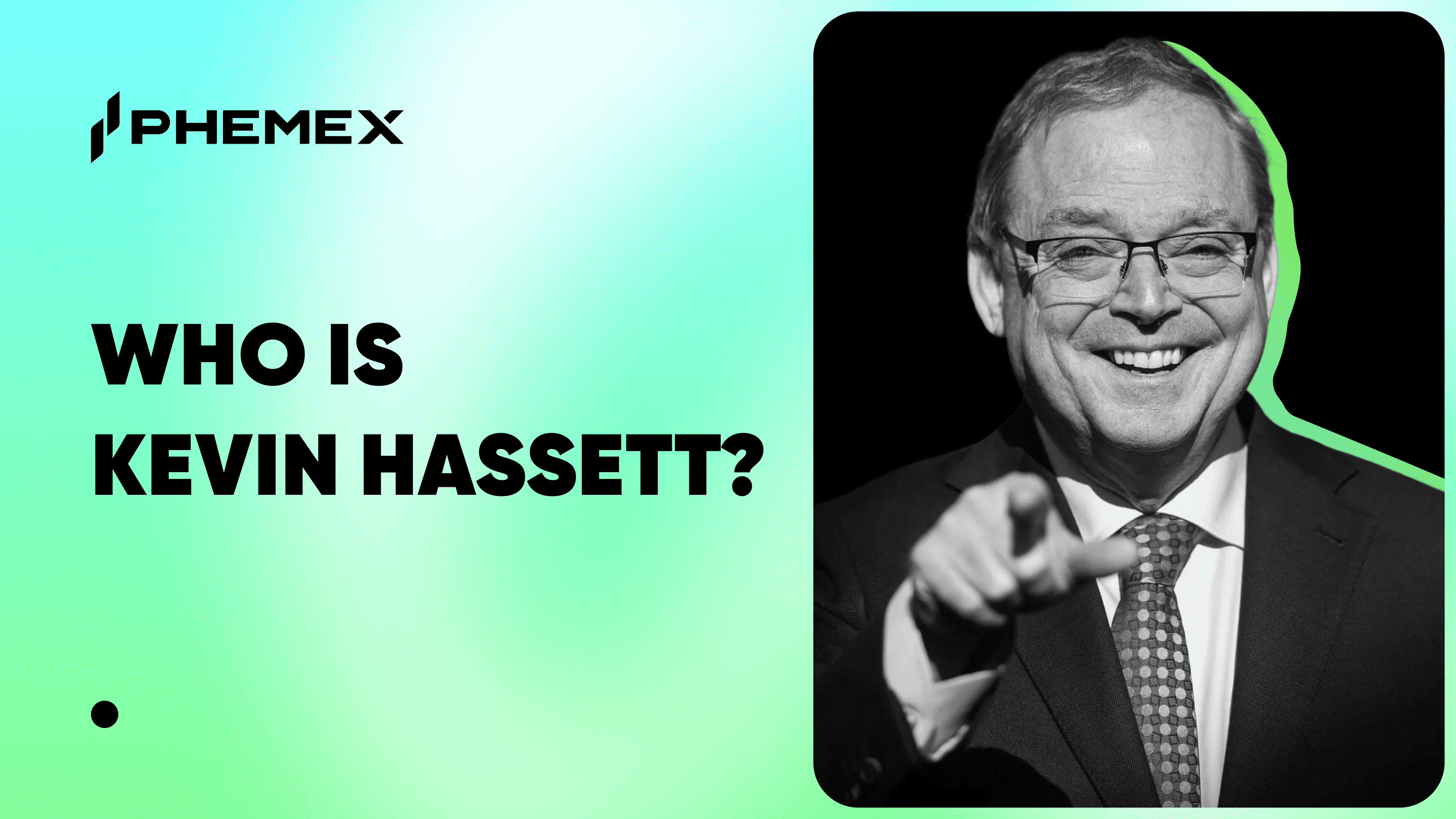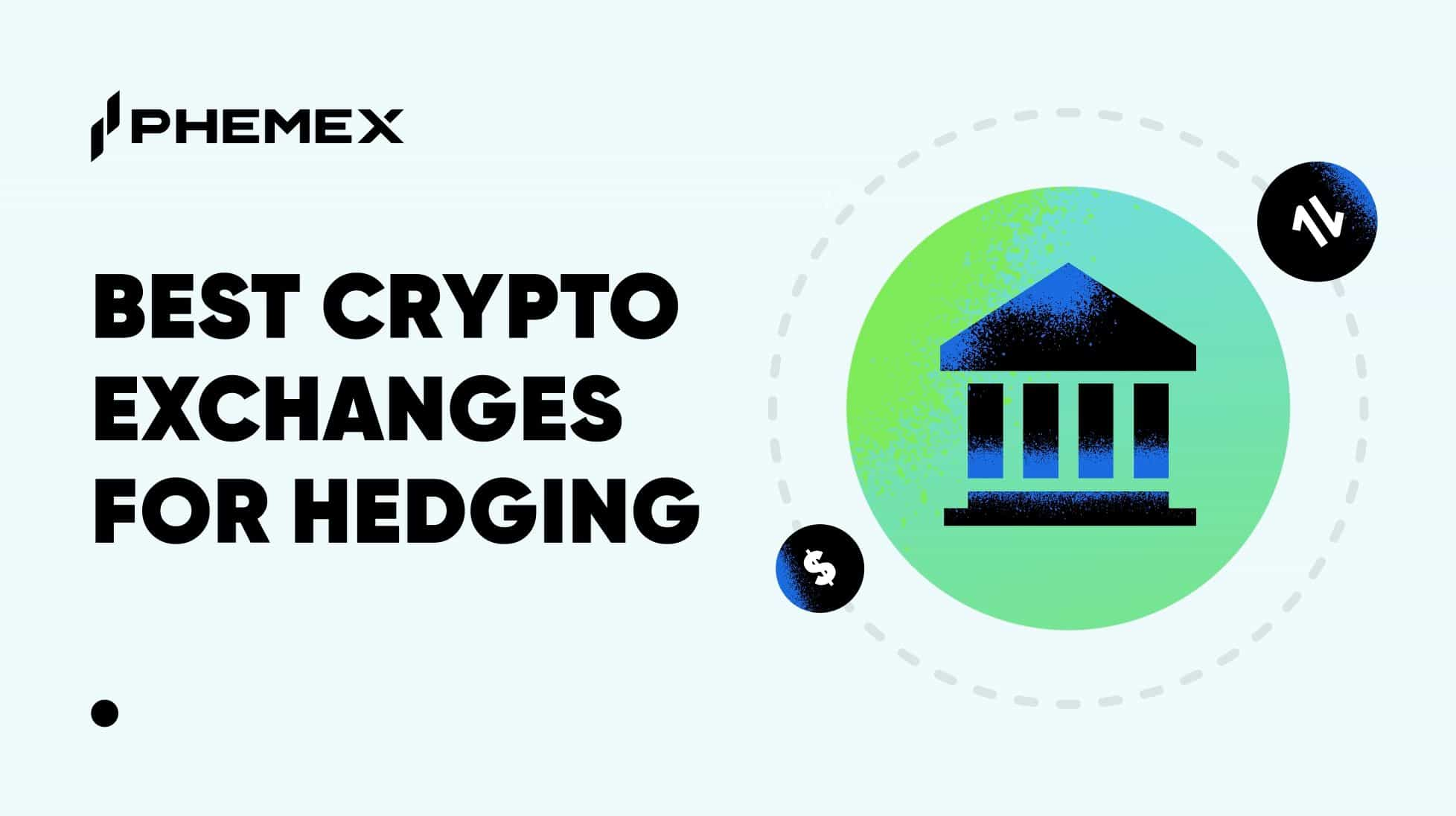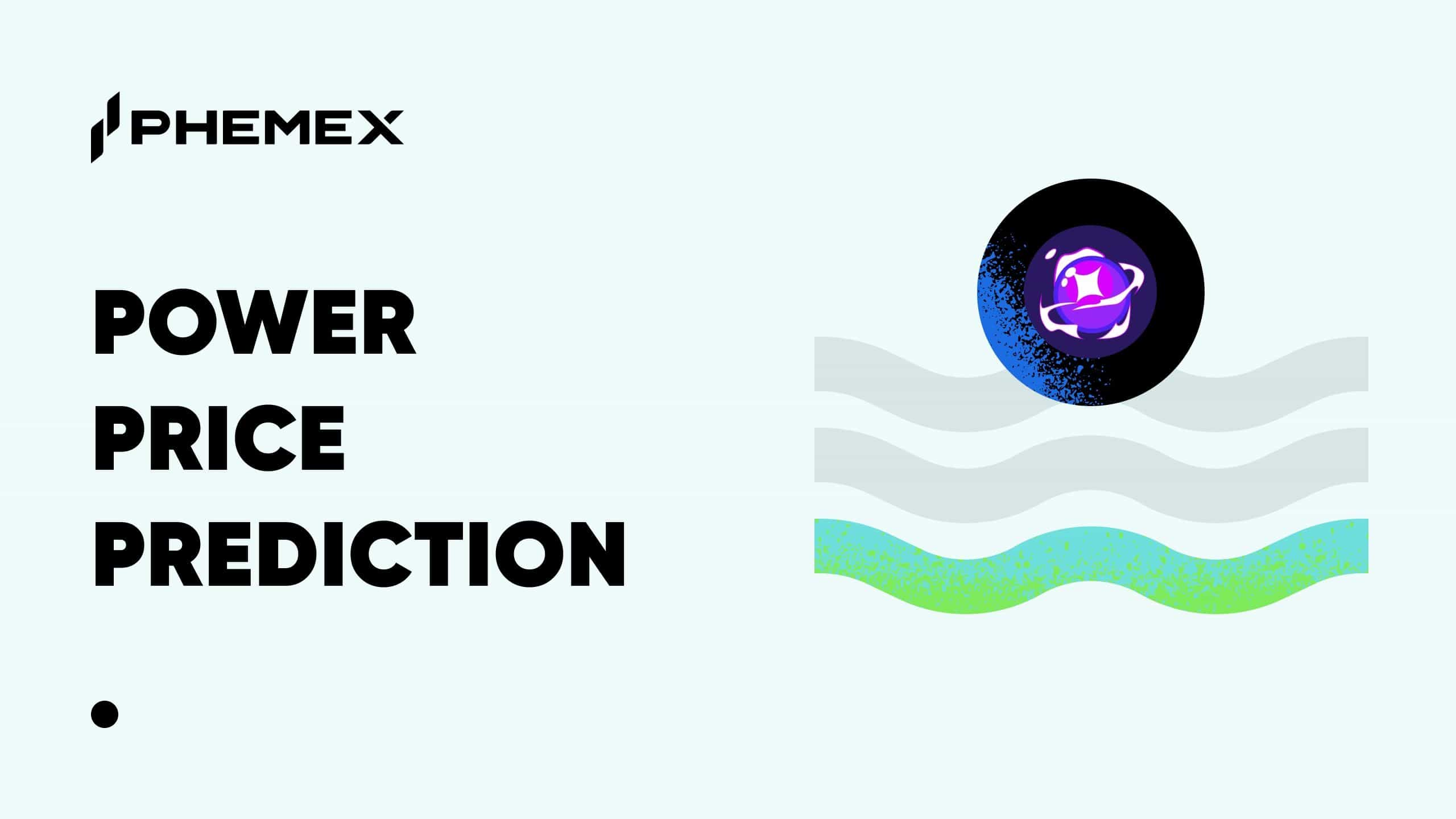
He was supposed to be asleep.
Instead, he was staring at his phone at 3:18 AM because someone in the Asia trading Telegram group posted "FTX halted withdrawals" with zero context and seven question marks. Probably nothing. Probably FUD. He'd seen this movie before.
Except thirty minutes later, his entire Twitter feed confirmed it. Then Bloomberg. Then his buddy texted him: "you still on FTX?"
No. He'd moved everything to Phemex six months earlier. Not because he predicted this — nobody did — but because he'd already lived through Mt. Gox in 2014 and he wasn't doing that twice.
The Guy Who's Always Worried
His friends made fun of him for it. Called him paranoid. "Bro, FTX has venture backing." "They sponsor the Miami Heat." "SBF is on the cover of Forbes."
Sure.
He'd been in crypto since 2019, which in crypto years makes you ancient. The one thing he learned was that survival isn't a strategy. It's the prerequisite for having a strategy at all.
So he wasn't buying dog coins at 2 AM. Wasn't running 50x leverage on weekends. He had stop-losses on every position, proof-of-reserves bookmarked, exit plans for scenarios that hadn't happened yet.
Boring? Absolutely. Still solvent? Also absolutely.
The Stop-Loss That Actually Worked
March 12, 2020. Everyone just calls it "312" now, like it's a holiday you'd rather forget.
Bitcoin dropped from $7,900 to $3,800 in about 36 hours. Every exchange on earth was getting hammered with volume. He watched it happen in real-time — platforms lagging, liquidation engines going haywire, exchanges posting "unexpected maintenance" tweets while their users got liquidated into dust.
He had a position open. BTC long from $7,200, stop-loss at $6,400. Not tight, not loose — just his number. The point where the thesis breaks and you get out.
6:52 PM. Bitcoin hit $6,400.
His stop-loss executed. Instantly. No slippage, no "order not filled due to high volatility," no app crash. It just worked. He took the L, stepped away from the screen, and made dinner.
By midnight, Bitcoin was at $4,800. His group chat was a disaster. One friend lost everything because his stop never triggered — the platform froze. Another couldn't log in. A third got liquidated at prices that didn't exist on any other exchange.
He lost money that day. But he was still trading the next morning.
Summer 2020: Watching Everyone Get Rich
By June, his Twitter feed was unbearable.
Every other tweet was someone posting their MetaMask showing $200K from a protocol that launched last Tuesday. Screenshots of 2,000% APY. "Just farmed 40 COMP in 3 days."If you're not in DeFi, you're ngmi."
His college roommate — the one who was broke six months ago — just made $180K farming yield. Put $5K into some protocol called YAM, moved it to SUSHI, somehow ended up with life-changing money.
DeFi Summer. Everyone was in it.
Except him.
He read the whitepapers. Understood the mechanics. Knew how the liquidity pools worked. And then... didn't ape in.
What he did: when Phemex added futures for DeFi tokens — UNI, AAVE, COMP — he took small positions. Long UNI at $3.20, stop at $2.80. Made 40% when it ran to $4.50. Closed it. Done.
His friends were making 1000%. He made 40%.
"Bro, you're such a boomer," his roommate said. "This is generational wealth shit and you're trading it like it's stocks."
Maybe. But he'd also watched three people get rugged that week. Saw protocols drain overnight. His friend chased yield into something called "HotDog Finance" and lost 80% in an hour when the token dumped.
Still. Late at night, scrolling Twitter, seeing another "I just made $500K farming" post, he'd think: what the fuck am I doing? Everyone's getting rich and I'm here with my tight stops like an idiot.
His girlfriend asked him once, "Do you regret not doing what they're doing?"
"I don't know. Ask me in a year."
2021: The Year He Almost Broke
In early 2021 it got worse.
NFTs. Profile pictures selling for six figures. His friend bought a Bored Ape for 2 ETH in April. Sold it in August for 60 ETH. Just like that. $6K to $180K for owning a JPEG.
Twitter was full of people changing their profiles to pixelated apes and penguins. "Just flipped my Mutant for 15 ETH." "My CryptoPunk just hit 100 ETH floor." Everyone had an NFT origin story and they all ended with getting rich.
Then came the gaming tokens. Axie Infinity took over the Philippines, where people were suddenly earning $3,000 a month by playing what was essentially a Pokémon knockoff. Twitter threads with 10,000 likes were declaring that “play-to-earn will bank the unbanked.” The Sandbox, Decentraland — virtual land selling for hundreds of thousands. It felt like a new digital gold rush.
His group chat was screenshots of gains 24/7. "Just flipped another NFT." "My Sandbox land just 20x'd." "Why the fuck aren't you in this?"
Because he didn't understand spending $300K on a JPEG. Because virtual land in a metaverse that didn't exist yet seemed insane. Because it all felt like the final stage before everything collapsed.
But Phemex launched futures for the gaming tokens. SAND at $0.80. AXS at $12. MANA at $0.70.
Okay. He could trade the trend without buying the actual tokens. Long AXS at $15, stop at $13. It ran to $45. Made 200%. Best trade that year.
Still nothing compared to his friends who were up 50x on the actual tokens. One of them walked into a Tesla dealership and bought a car. Cash. Just handed them money from his Axie profits.
"You could've had three Teslas," he told him later.
Yeah. Or zero when it all collapsed.
But that didn't make it easier. The FOMO was real. Not some abstract thing — actual, physical anxiety every time he opened Twitter. Everyone was winning except him. Every day he questioned if being "disciplined" was just a nice word for being too scared to actually make money.
He almost broke in October 2021. Had his MetaMask open, was about to spend 8 ETH on a Doodle. Sat there for ten minutes staring at the screen. Then closed the browser and went to bed.
Next morning, felt like he dodged something. Didn't know what. Just felt it.
Why Phemex Anyway
People ask him this. Like he's shilling.
He's not. He just got tired of platforms going down when it mattered.
When he moved to Phemex in 2019, he read the risk management documentation. Actually read it. Checked their uptime stats — 99.999%, which sounds fake until you need it. Looked into how they handle liquidations during volatility.
Not sexy. But neither is watching your stop-loss fail during a crash because the exchange couldn't handle the load.
What kept him there was how they adapted. DeFi exploded? Phemex was one of the first to launch futures for UNI, AAVE, COMP. Gaming and NFTs took over? SAND, AXS, MANA futures went live while other platforms were still figuring it out.
He could trade the narrative without the actual risk of holding the tokens. Long when it looked good, tight stops when it didn't. Infrastructure never failed. Not during DeFi Summer when gas was $500 and everything was congested. Not during NFT mania when platforms were getting hammered.
But it was more than just the tech. It was the ethos. He'd seen countless exchanges treat users like exit liquidity, encouraging reckless behavior for short-term volume. He respected platforms that invested in making their users smarter, because smarter users don't blow up. They stick around. They build a sustainable ecosystem.
He’d see proof of this in the community all the time. Not just hype and moonshots, but genuine appreciation for the educational foundation.

That, to him, was a better signal than any venture backing or stadium sponsorship. It was proof that the platform wasn't just building for the next bull run; it was building for the next decade.
Institutional-grade risk management isn't marketing when you've been liquidated on three other platforms. Proof-of-reserves isn't paranoia when you've watched exchanges lie about solvency right up until they imploded. And a commitment to user education isn't a charity; it's a survival strategy.
For the platform, and for him.
2022: Everything Burns
May 2022. Luna imploded. $40 billion gone in 72 hours. Twitter was suicide hotline numbers and "I lost everything" threads.
June. Celsius froze withdrawals. Then Voyager. Then BlockFi.
November. FTX.
He was right. The whole time. The paranoid, boring strategy everyone mocked had kept him alive while the industry burned.
But he didn't feel vindicated. His roommate who made $180K farming? Lost it all in Luna. The friend with the Bored Ape? Sold it for 8 ETH trying to cover losses, then lost the rest in FTX. Tesla guy couldn't make the payments anymore.
Group chat went quiet. Some people left crypto entirely. Others stuck around but stopped posting.
He was still trading. Still compounding. Account was green for the year because he'd shorted stuff on the way down, always with stops, never overleveraged.
One night his friend called him. Voice was off.
"You were right."
Long pause.
"Yeah."
"I should've just... I don't know. Done what you did."
What do you even say to that? "I'm sorry" sounds fake. "I told you so" makes you an asshole.
"You still trading?"
"Starting over. Small this time."
"That's good."
They hung up. He stared at his screen. Bitcoin at $16K. Positions were fine. Stops were set. Account intact.
Didn't feel like winning. Just felt like he was still here and everyone else wasn't.
Still Here
Three years later, still on Phemex. Still running the same strategy — tight risk management, stop-losses on everything, no hero trades.
Portfolio isn't the biggest. There are 23-year-olds on Twitter posting 40x gains on coins he's never heard of. Good for them. He'll check back in a year.
Meanwhile, his account compounds. Slowly. Steadily. No blowups, no starting over, no "rebuilding after a bad trade" arcs. Just consistent, boring, survival-first trading.
When people ask for advice, he says the same thing: "In crypto, a bull market decides how much you make; your exchange decides how long you last."
Most of them don't get it until they learn the hard way.
What Nobody Talks About
The best trade you'll ever make is the one where your platform doesn't explode.
Perfect setup, right thesis, ideal entry — none of it matters if you can't execute when you need to. Every serious trader has a story about the time their exchange screwed them. Withdrawal that took three weeks. Stop-loss that didn't trigger. "Technical difficulties" during a flash crash.
He has those stories. That's why he's here.
Phemex didn't save him from bad trades. Just made sure when he wanted out, he could get out. When he set a stop, it executed. When he needed his funds, they were there. Not revolutionary — baseline functionality. But in crypto, baseline functionality makes you an outlier.
99.999% uptime doesn't matter until you're trapped on an exchange that's been down for six hours while your position bleeds. Institutional-grade security doesn't matter until you've had funds stuck on a hacked platform. Proof-of-reserves seems excessive until another "solvent" exchange collapses overnight.
He's not here because Phemex made him rich. He's here because when everyone else's platforms were catching fire, his kept running.
After everything he's seen, everyone he's watched lose it all, that's enough.
To uphold our uncompromising first principle — the absolute protection of our users' privacy and asset security — the characters and narratives in our 'Legends' series are artistic creations, forged from the real actions and behaviors of millions of users within our community. They are the embodiment of the Phemex community's spirit. Behind every legend, we see the imprint of you.
This anniversary, we're rewarding it.
Phemex is celebrating 6 years of reliability with a $6,000,000 Trading Competition—an arena where discipline meets opportunity. It's not about reckless luck; it's about proving your strategy has what it takes to endure.
The greatest traders aren't just born in bull markets; they are forged in the arena.


